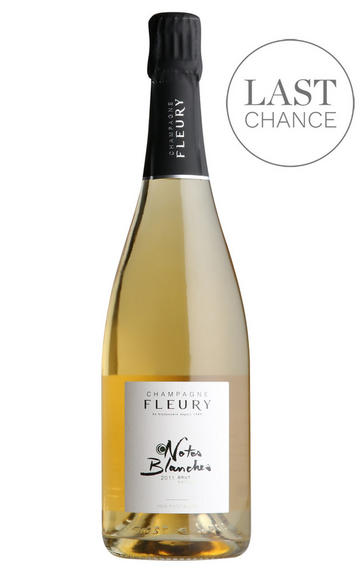
About this WINE
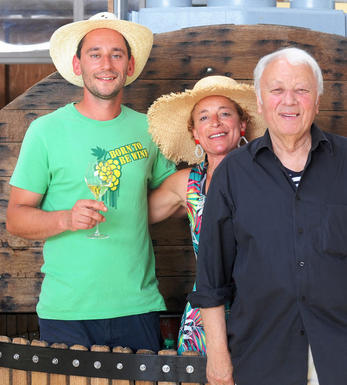
Champagne Fleury
Champagne Fleury has been in the business of winemaking for over 125 years and is respected as one of the region’s first pioneers of biodynamics. Despite its long history, Fleury has remained a family winery. It is located in the far south of Champagne, in the Côtes des Bar, where the terroir has a huge amount in common with the Grand Crus of Chablis.
Fleury has never stopped innovating. In 1989, they committed fully to organic and biodynamic practices, the first in the region to do so. The winery prides itself on personifying the “art of being natural”. In this spirit, Champagne Fleury isn’t afraid to go against the grain in the interest of coaxing the very best out of the terroir.
Perhaps due to this, Fleury cuvées have a distinctive vinous quality and display outstanding precision, thanks to the care taken by the team in growing them. The mature Champagnes are a conversation piece at any gathering, managing to balance an ethereal purity of fruit with an earthy sense of place.
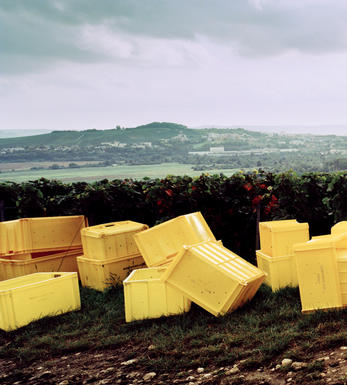
Brut Champagne
Brut denotes a dry style of Champagne (less than 15 grams per litre). Most Champagne is non-vintage, produced from a blend from different years. The non-vintage blend is always based predominately on wines made from the current harvest, enriched with aged wines (their proportion and age varies by brand) from earlier harvests, which impart an additional level of complexity to the end wine. Champagnes from a single vintage are labelled with the year reference and with the description Millésimé.
Non-vintage Champagnes can improve with short-term ageing (typically two to three years), while vintages can develop over much longer periods (five to 30 years). The most exquisite and often top-priced expression of a house’s style is referred to as Prestige Cuvée. Famous examples include Louis Roederer's Cristal, Moët & Chandon's Dom Pérignon, and Pol Roger's Cuvée Sir Winston Churchill.
Recommended Producers : Krug, Billecart Salmon, Pol Roger, Bollinger, Salon, Gosset, Pierre Péters, Ruinart
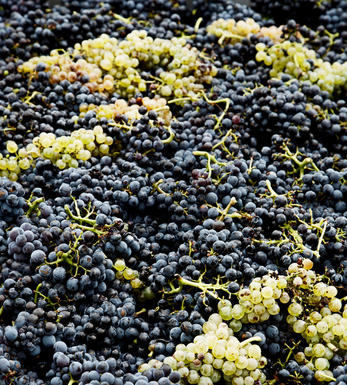
Pinot Blanc
A white grape which is grown in Alsace, where it is sometimes referred to as Clevner or Klevner, and in Germany and Austria, where it is known as Weisseburgunder. In Italy it is called Pinot Bianco and is planted widely in Friuli-Venezia, the Alto Adige and the Veneto.
It is the workhorse grape of Alsace, where it is used to make varietal Pinot Blanc, is part of the blend for Edelzwicker, and is increasingly the main component of Cremant d`Alsace. It lacks the aromatic qualities of other Alsatian grape varieties and may not be used for the production of Grand Cru or late harvest wines.
At its best it produces light to medium-bodied, crisp dry white wines with hints of apples, honey and yeast and a refreshingly pure and clean finish. It normally sees no oak, though in the Alto Adige it is often fermented and matured in oak barrels.


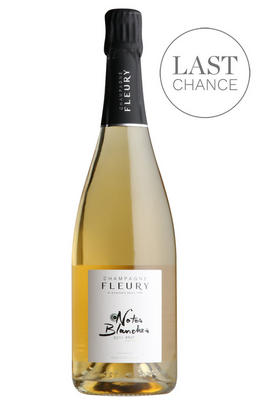
Buying options
Add to wishlist
Description
One of the first and the best of the biodynamic producers in Champagne, Fleury are based in the southern Aube region and are especially proud of this wonderfully refreshing and highly unusual 100% Pinot Blanc cuvée. Low dosage, low yields and highly individual, this is a hymn to purity and complexity. Notes of white flowers and ‘agrume’ cede gently to something little more exotic, broad and gently creamy, a fascination and eloquent testament to non-interventionist winemaking.
Simon Field MW, Wine Buyer
wine at a glance
Delivery and quality guarantee